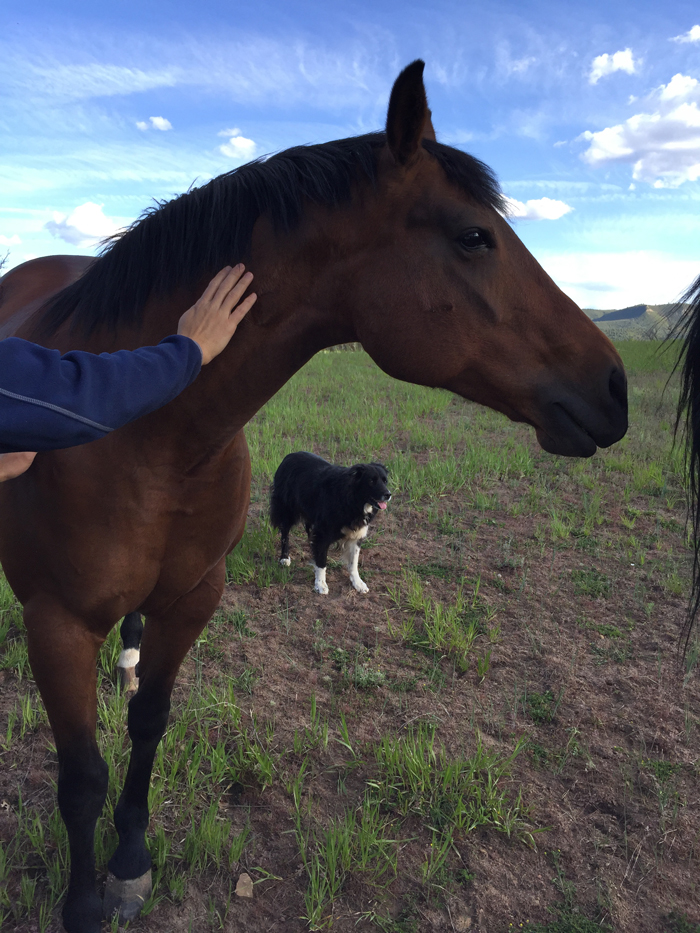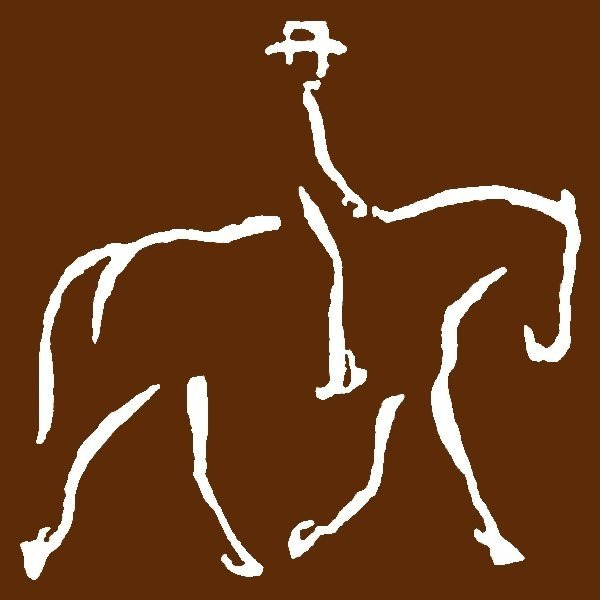Not Mr. ED but continuing Ed
Here at the Nature of Natural we’re big believers in the principles of applied behavioral science and use systematic training protocols for all creatures large and small including humans. By training and schooling in systematics steps that are in sync with the horse’s innate tendencies such as balance, we can improve the quality of training efficiency and alleviate a lot of frustration and heartache for both horse and rider. Using the principles of applied behavioral science and Combined reinforcement (which utilizes both positive reinforcement and traditional reinforcement methods) we hope to open the doorway to more compassionate training and welfare of the horse.

As horsemen and humans, we tend to become attached to our way of thinking and horse training methods. Our way or the highway and we can become a bit us vs. them. We become comfortable in the familiarity of our habits to the point we don’t want to try anything new and cling steadfastly to what we know. Granted change is scary and difficult but when we stop learning we turn our backs on the possibility of advancing and the excitement of improving. Without attempting to understand the nature of horses and their process we are self- limiting not only our potential but our horses as well. In other words, we know what we know and cling to it like a drowning man on a sinking raft. I, perhaps like many of you reading this blog, was slow to embrace science because of the quicksand of tradition. But what I learned was it’s fulfilling to learn. Now I never avoid the opportunity to consider something outside of my comfort zone.
You all have heard that horses don’t lie? In the past when I struggled to find new pathways in my training, the horses were very generous in letting me know if I was getting it right. If you think about it, they excel in their release and reinforcement with humans. It’s funny and I’m sure we can all come up with anecdotal stories of successful training of humans by horses. Wasn’t it Tom Dorrance who offered the sage advice that a “change in the horse comes from a change in the rider”? Something to ponder the next time you find yourself with time on your hands or a puzzling problem with your horse.
It is a humbling and yet strangely exhilarating experience to learn. It is thrilling when you have a conversation that is clearly acknowledged and responded to by your horse. It is fun for both you and the horse. I can’t help but reflect on the abuse, cruelty, and consternation that could be alleviated by continuing education and by adding effective techniques and feel to our training and management of horses.
We hope that you will always be a thinking horseman, it’s the kindest thing you can do for your horse.
Ginny Chase Elder
